当前位置:网站首页>Understand the autograd package in pytorch
Understand the autograd package in pytorch
2022-07-07 22:27:00 【Eva215665】
This article mainly referred to pytorch Official website :pytroch Official website
as well as Dvie into deep learning A Book Pytorch The second chapter of the edition torch.Tensor yes autograd The core class of the package . If the tensor x Properties of .requires_grad Set to True, Then it will start tracking (track) All operations on it ( In this way, the gradient propagation can be carried out by using the chain rule ). When complete tensor x After a series of calculations ( here x Has become y), call y.backward() Method can automatically calculate the gradient . tensor x The gradient of will add up to x Of .grad Properties of the .
Pay attention to
y.backward()when , If y It's scalar , It doesn't need to bebackward()Pass in any parameters , otherwise , You need to pass in a with y Homomorphic Tensor. See the explanation of the remaining problems for the reasons
If you don't want to be tracked , You can call .detach() Separate it from the tracking record , This prevents future calculations from being tracked , In this way, the gradient cannot pass . Besides , You can also use withtorch.no_grad() Wrap up the operation code that you don't want to be tracked , This method is very useful in evaluating models , Because when evaluating the model , We do not need to calculate the gradient of the trainable parameter .Function Is another very important class .Tensor and Function Connect with each other and establish a acyclic graph , This figure encodes the complete calculation history . Every tensor has a .grad_fn attribute , This attribute refers to the function that creates the tensor ( Except for user created tensors - Their grad_fn by None).
Each one created by an operation tensor, There is one. grad_fcn sex , This attribute points to creating this tensor Of Function Memory address of . Be careful , Created by the user tensor It's not .grad_fcn Of this property .
Here are some examples to understand these concepts
Create a Tensor X, And set its requires_grad=True
x = torch.ones(2,2, requries_grad = True)
z = (x+2) * (x+2) * 3
out = z.mean()
Let's see out About x Gradient of d(out)/dx
out.backward()
x.grad
among out.backward yes out Reverse gradient ,x.grad Check the gradient calculation results .x.grad It's different from x Another new tensor of , This tensor stores x Relative to a scalar ( for example out) Gradient of .
tensor([[4.5, 4.5], [4.5, 4.5]])
Now let's explain the remaining problems , Why is it y.backward() when , If y It's scalar , It doesn't need to be backward() Pass in any parameters ; otherwise , You need to pass in a with y Homomorphic Tensor? Simply to avoid vectors ( Even higher dimensional tensors ) Take the derivative of the tensor , And convert it to scalar to take the derivative of the tensor . for instance , Suppose the shape is m x n Matrix X After calculation, we get p x q Matrix Y,Y After calculation, we get s x t Matrix Z. Then, according to the above rules ,dZ/dY It should be a s x t x p x q Four dimensional tensor ,dY/dX It's a p x q x m x n Four dimensional tensor of . The problem is coming. , How to back spread ? How to multiply two four-dimensional tensors ??? How do I get by ??? Even if we can solve the problem of how to multiply two four-dimensional tensors , How to multiply the four-dimensional and three-dimensional tensors ? How to find the derivative of the derivative , This series of questions , I feel like I'm going crazy …… To avoid this problem , We don't allow a tensor to derive from a tensor , Only scalar derivatives of tensors are allowed , The derivative is a tensor isomorphic to the independent variable . Therefore, if necessary, we need to convert the tensor into scalar by weighted summation of all tensor elements , for instance , hypothesis y By independent variable x Come by calculation ,w Is and y Isomorphic tensors , be y.backward(w) The meaning is : To calculate l = torch.sum(y * w), be l It's a scalar , Then seek l For arguments x The derivative of .
This is not a good input formula , To be continued ...
边栏推荐
- OpeGL personal notes - lights
- IP network active evaluation system -- x-vision
- Jerry's key to initiate pairing [chapter]
- How does win11 unblock the keyboard? Method of unlocking keyboard in win11
- How to quickly check whether the opening area ratio of steel mesh conforms to ipc7525
- Revit secondary development - link file collision detection
- Overseas agent recommendation
- UWA问答精选
- Jerry's configuration of TWS cross pairing [article]
- The essence of analog Servlet
猜你喜欢
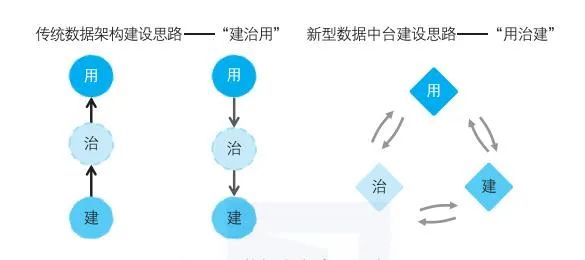
Implementation method of data platform landing
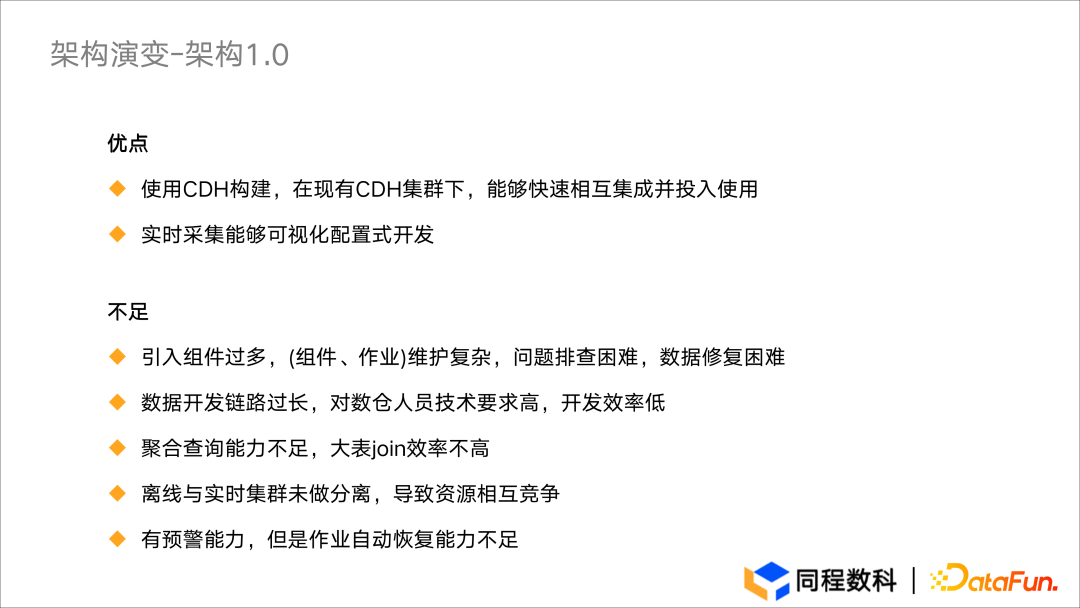
Application practice | the efficiency of the data warehouse system has been comprehensively improved! Data warehouse construction based on Apache Doris in Tongcheng digital Department
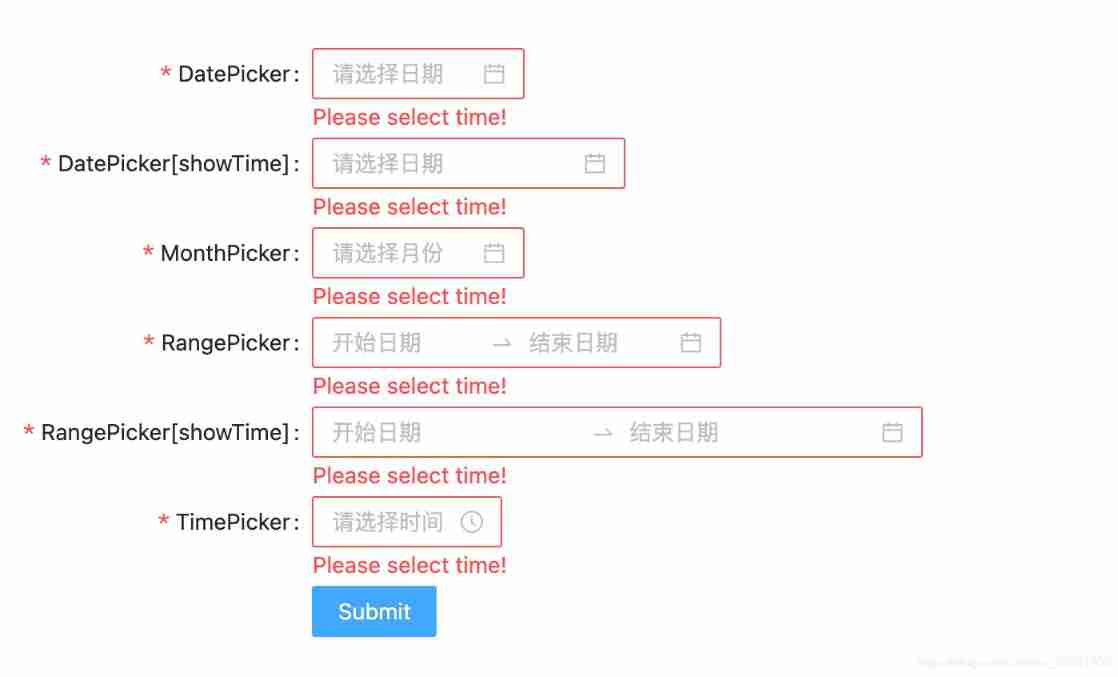
Add get disabled for RC form
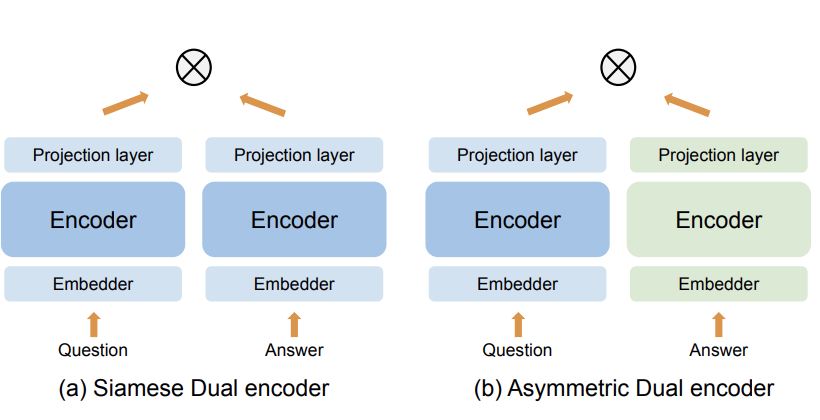
双塔模型的最强出装,谷歌又开始玩起“老古董”了?
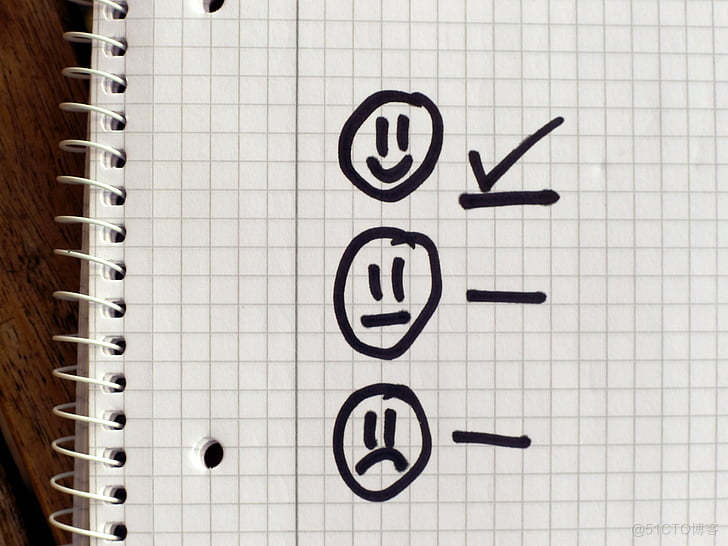
How to choose the appropriate automated testing tools?
Preparing for the interview and sharing experience
Latest Android advanced interview questions summary, Android interview questions and answers
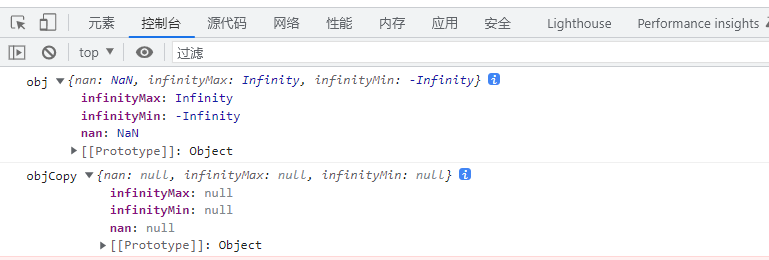
Use json Stringify() to realize deep copy, be careful, there may be a huge hole

What does it mean to prefix a string with F?

operator
随机推荐
Where is the big data open source project, one-stop fully automated full life cycle operation and maintenance steward Chengying (background)?
Pdf document signature Guide
MIT6.S081-Lab9 FS [2021Fall]
Time standard library
The essence of analog Servlet
MIT6.S081-Lab9 FS [2021Fall]
Failed to initialize rosdep after installing ROS
Revit secondary development - wall opening
[advanced MySQL] index details (I): index data page structure
Ueeditor custom display insert code
OpenGL job coordinate system
C development -- WPF simple animation
VTOL in Px4_ att_ Control source code analysis [supplement]
Revit secondary development - operation family documents
Jerry's initiation of ear pairing, reconnection, and opening of discoverable and connectable cyclic functions [chapter]
Aspose. Word operation word document (I)
【Azure微服务 Service Fabric 】因证书过期导致Service Fabric集群挂掉(升级无法完成,节点不可用)
Leetcode SQL first day
Unity development --- the mouse controls the camera to move, rotate and zoom
How pyGame rotates pictures

